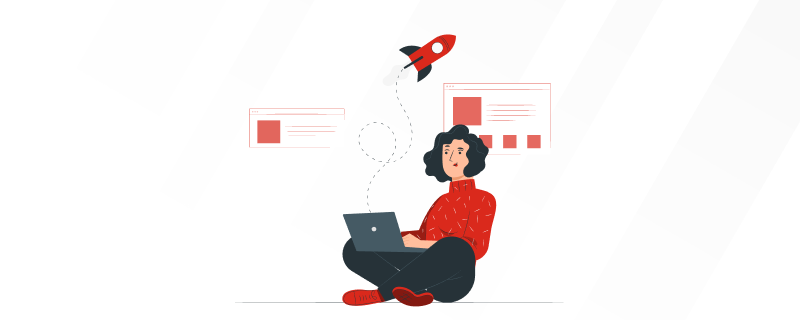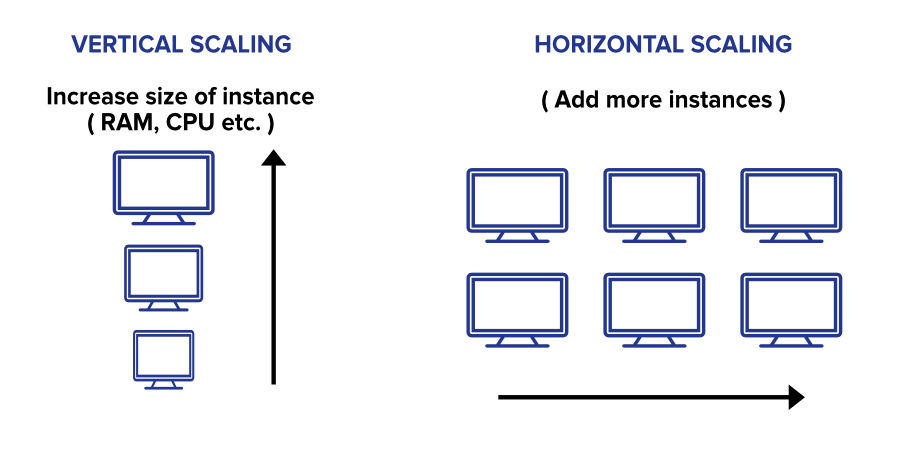
4 Strategies for Scaling Applications in 2023

It can be challenging to scale applications as they gain more and more users. But with the right strategies in place, it’s possible to make efficient and cost-effective adjustments to keep your apps running smoothly for all your users. Read on for four methods for scaling applications effectively.

What you need to succeed in 2023.
As the world changes, so do best practices for success in application scaling. From leveraging modern cloud technologies to optimizing your deployments, many strategies can ensure you stay ahead of the competition. Therefore, understanding new trends, such as microservices and containers, and implementing automation and orchestration tools, will help you maximize performance and scalability while reducing costs.
1. Utilize a Database Platform with Automatic Scaling Capabilities.
If you’re looking for effortless scalability, it may be time to consider switching to a database platform offering automatic scaling capabilities. For example, database systems such as MongoDB and Cassandra come equipped with elasticity capabilities and read/write scalability that can adjust capacity as needed. In addition, since these platforms are designed to power large applications, they are better able to handle spikes in workloads than their traditional development counterparts.
2. Implement Load Balancing to Distribute Server Load Evenly.
A load-balancing system will ensure the web server’s resources aren’t swamped by many incoming requests. By dividing the requests over multiple servers, the workload can be divided and dealt with more efficiently, resulting in better application performance and scalability. For instance, you can use a hardware or software load balancer. This will allow you to route traffic to different servers according to their capacity and workload to achieve this.
3. Boost Caching Functionality For Content Delivery Optimization.
Caching is one of the most common methods for increasing application performance and scalability. By utilizing browser-based caches, memory caches, and CDN technologies to serve content more quickly, you can improve user experience and reduce server load. Also, content can be pre-rendered before it is served to a user. This allows faster delivery at low latency, even under a large amount of traffic. As well as this, HTTP request headers supported by many CDNs offer further caching strategies that can further enhance content delivery optimization according to visitor location.
4. Re-Architect Applications to Maximize Performance & Availability.
Application re-architecting is a process to optimize the application. The goal is to ensure critical elements perform well while increasing availability, so there is ongoing uptime for web users. In other words, Re-architecting involves moving compute-intensive tasks from on-demand servers to hybrid cloud deployments or architectures with load-balancing capabilities. As a result, this will reduce latency, improve performance, and maintain system availability in high-traffic periods.










